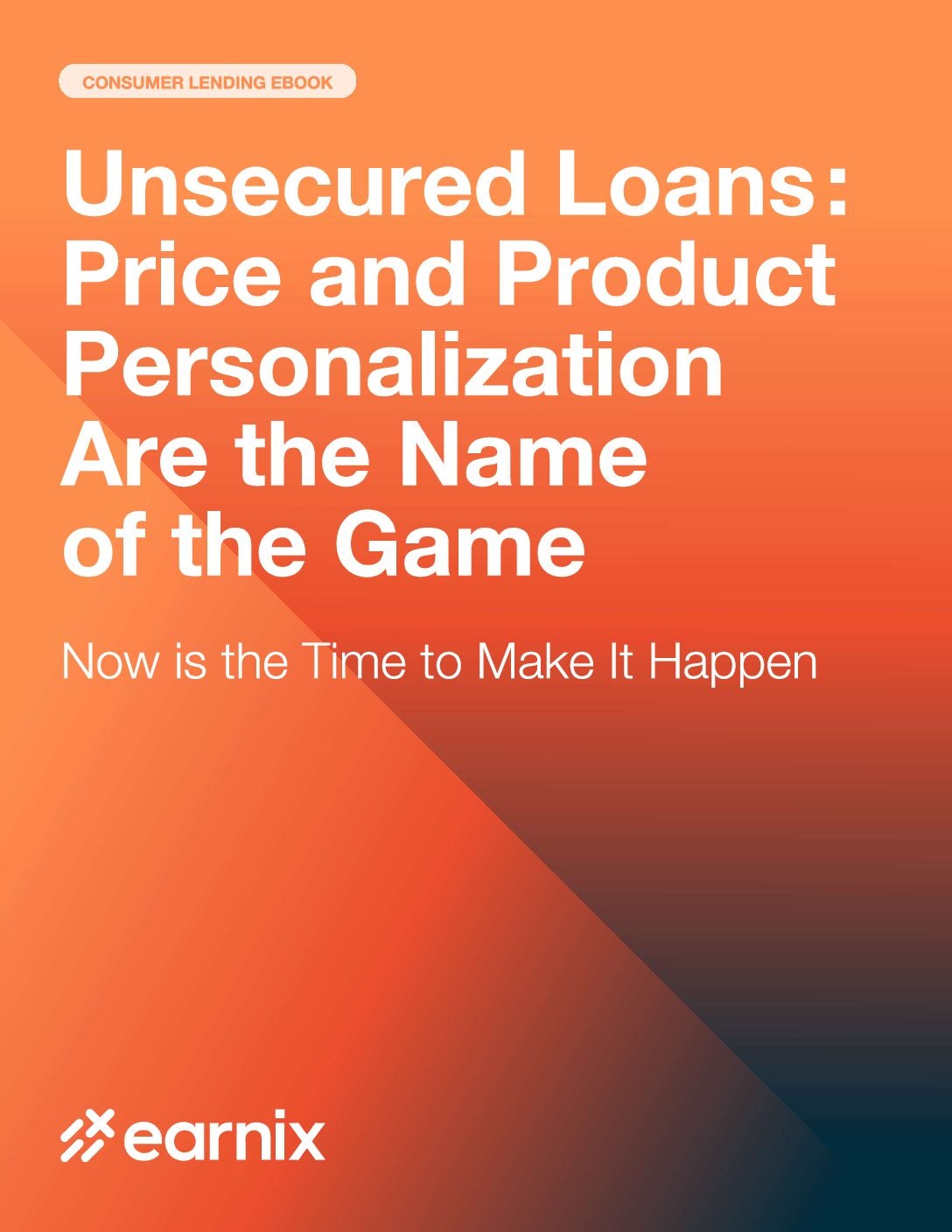
Profitability is fundamental for the long-term viability of consumer loans. Amid the global instability in financial markets and the aftermath of the global pandemic, a multitude of factors can change very quickly. As a result, some loan pricing and credit decisioning systems can struggle to keep up, negatively affecting long-term profitability and rising NPL rates.
For example, during one of the recent interest rate hike periods, some lenders got caught flat-footed as they were only able to update their prices every four to six weeks. This resulted in a rising share of unprofitable loans, lost volume, and other unhealthy consequences for their auto and unsecured lending businesses.
Such a climate even gave some lenders a reason to pause some of their credit lines (whether mortgages or car financing) – to the point of rethinking their past aggressive strategies – to avoid pricing loans incorrectly and affecting their loan profitability in the long run.
This article will review four main components of using AI to achieve desired profitability targets in a consumer loan portfolio without losing market share.
Adjusting loan prices in a smart manner
Refining your approach to pricing lies in developing proactive, optimal pricing strategies powered by data and analytics.
Here, a lender must be able to use predictive modeling to assess how the market could respond to price changes. The ability to compare multiple pricing scenarios in real-time is paramount to reaching desired KPIs, such as spread, or volume, while maintaining their targeted risk profile.
Lenders can then weigh the pros and cons of their options for substantially better-informed decision making.
Adjusting loan prices fast
While important, precise pricing is only part of truly transforming your lending operations. Another major component is agility, or to think of it another way, how quickly can you respond to changing interest rates and the cost of funds, competitive moves, or any other market shifts?
Modern technology equips lenders with the tools they need to be more responsive and successful in their pricing strategies. Advanced data analytics, machine learning, and AI empower pricing teams to access vast data sets, run detailed scenarios, and deploy more effective rates, without depending on IT’s release schedules or other departments’ policies or requirements.
Not only can pricing teams deploy to the market quickly (daily, weekly, or real-time), but they can also perform detailed analyses and run “what-if” scenarios in minutes. They no longer rely on other departments or need additional resources to complete vast manual analyses. They are now empowered and unrestrained to do more in much less time. This can help lenders stay a step ahead of the competition while also providing customers with the right loan they are likely to accept and get approved for.
How is this all possible? With a pricing analytics solution integrated into your LOS, rate deployment can occur as frequently as needed, bypassing IT delays. Daily rate adjustments are totally possible.
For example, lenders using AI-driven pricing optimization solutions can update their prices in a very intelligent way, two to three times a week if needed.
Lenders can start the workday by reviewing updated data from the Treasury Department, and then review updated data on their competitors’ behavior. After that, the pricing team can enter constraints and goals, such as profitability status quo or volume growth depending on their requirements into their pricing analytics platform, run “what-if” simulations and create pricing strategies using optimizations. By lunchtime, new rates are approved and pushed to the market.
Matching loan products more effectively
When lenders price loans without having a clear understanding of the profitability forecast for each loan and/or a loan portfolio, they face many challenges that can significantly impact their operations and financial health, including the risk of default and increased NPL rates.
Today, AI-driven strategies can factor in real market, competitive, and customer data, as well as many other sources of information, to enable lenders to test models and adjust the results accordingly. This enables the development of AI-powered risk-based pricing aligned with a particular customer profile or current market conditions. Better price optimization can deliver a win-win scenario – the increased likelihood of loan acceptance and approval, and a new foundation for a long-term, profitable relationship with individual consumers.
Aligning pricing with specific customer demands enables lenders to have more control over real-time pricing decisions and unlock greater profitability of products. By offering consumers multiple, pre-approved options – Alternative Deal Structures – lenders aim to reduce risk, improve acceptance rates, and maintain loan profitability while improving customer satisfaction.
The concept behind Alternative Deal Structures is simple – they provide a way for lenders to quickly access a variety of financing choices to present to their customers. By streamlining the negotiation and rehashing process, Alternative Deal Structures improve both conversion rates and customer satisfaction. Rather than being rejected for a loan or enduring a frustrating back-and-forth with their credit manager, lenders know upfront the various combinations of interest rates, loan periods, and down payments they can present to individual customers.
Personalizing offers and optimizing pricing can give the lender a competitive advantage while finding the right financial fit for each customer. To do that, their approval processes must be as streamlined and transparent as possible, so you can present customers with pre-approved choices at the point of decision and tailor your offerings to their preferences and circumstances.
It’s crucial to develop AI-driven strategies based on real market, competitive, and customer data, allowing lenders to test their models and adjust the results accordingly. Different customers will have different priorities and behaviors. The advantage of AI-powered risk-based pricing is that lenders can fine-tune their products in line with a particular customer profile or the current market conditions. By offering a more tailored product, lenders are producing a better customer outcome, increasing the likelihood of loan acceptance and approval, as well as setting the foundations for a long-term relationship with individual consumers.
Analytical modeling is also a powerful instrument in identifying and servicing marginalized customers where traditional underwriting processes might not have been so responsive. For instance, in consumer lending, banks could deliver personal unsecured loans for smaller amounts or longer repayment terms to customers who may have a thin credit profile or lower credit score, and normally may not qualify for a loan.
Supporting AI-driven credit risk decisioning
Increasingly, lenders struggle because of a disconnect between their pricing and credit decisioning systems. Complex, fragmented solutions, hundreds of business rules and workflows that are hard to maintain may make it feel like pricing and risk teams don’t talk to each other. To the executive management, it may even feel like the organization has limited control over the pricing and credit decision-making process and is unable to see the full profitability picture.
AI-driven end-to-end platforms allow for intelligent rules development, credit decision automation, and real-time impact analysis. Integrated by design, pricing, and risk decisioning systems can share data models, simulation scenarios, and predictive analytics to allow lenders to see the big picture of their pricing and credit policies in action and predict profitability, risk, and loan volume outcomes.
If you are interested in learning more about improving the profitability of your consumer loan portfolios, download a free white paper below, compliments of Earnix – a global provider of real-time, AI-driven dynamic pricing, product personalization, and digital decisioning solutions for financial services industry including consumer lending, auto finance, mortgages, and more.




